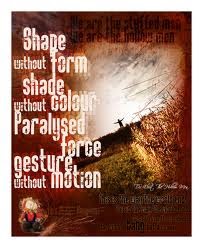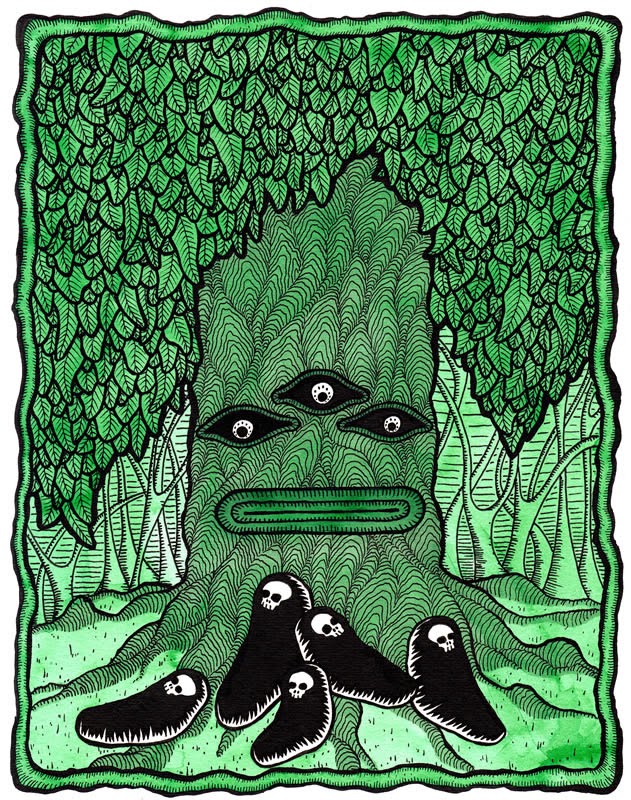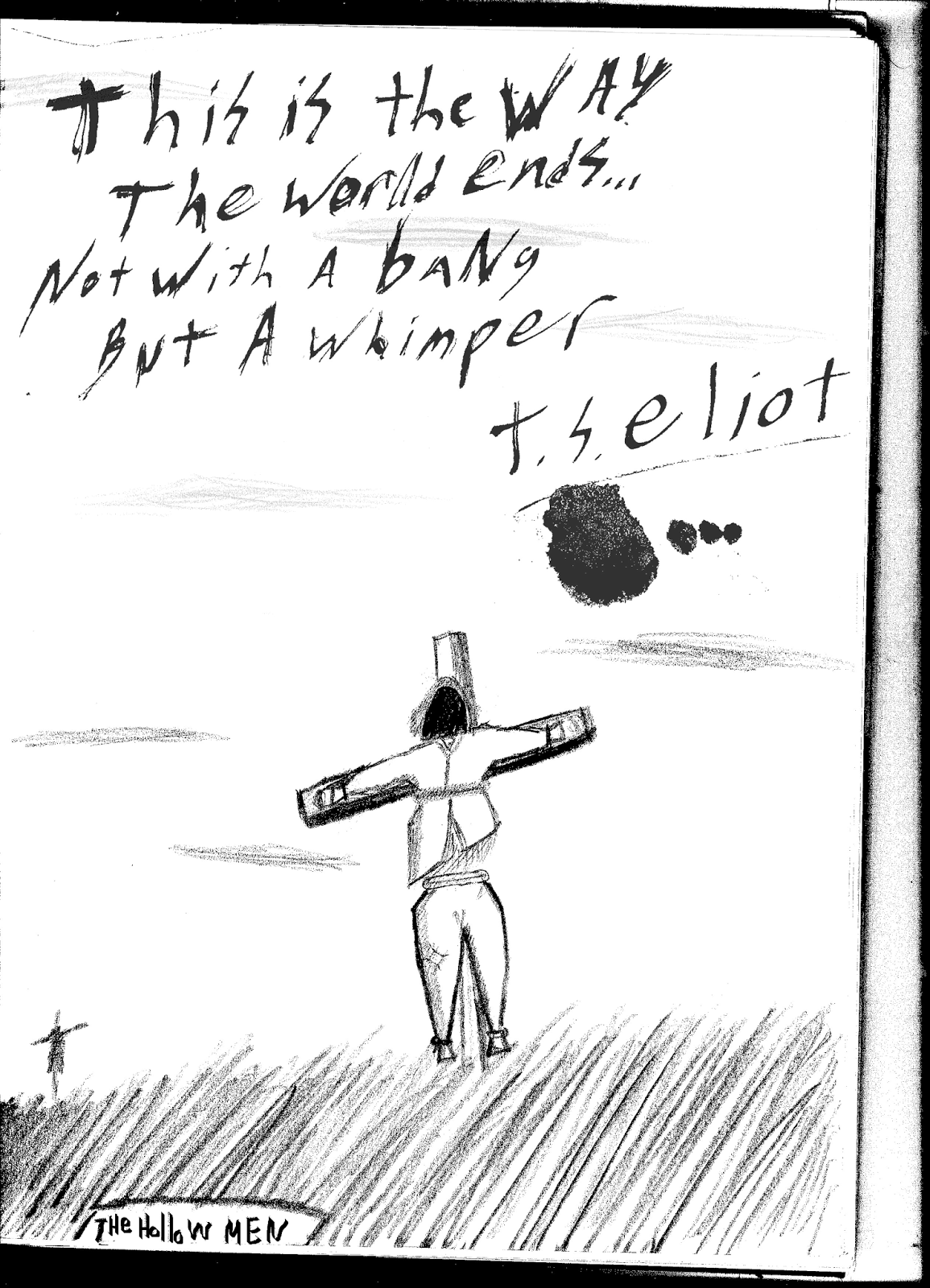Macbeth Director's Notebook
Due Date: Thursday, February 13
This will be our complete focus from now until February 13.
Although, we will watch scene performances on Monday for the following students:
Garrett and Emily Clark
John and Emily Tyminski
Copy of Directions for Director's Notebook Here:
 Macbeth-Motif
Macbeth-Motif
Mrs. Fox
AP Literature and Composition
7 January 2014
Macbeth Director’s Notebook
~Literary Device
Focus: Motif~
DUE DATE: BOP February 3 or 4,
2014
You will design a Director’s Notebook in which you will
record insights about the delivery of lines, costuming, characterization,
staging, music, set, and prop choices. Your
“notes” will include the ways in which your scene highlights Shakespeare’s use
of your chosen motif. Your “notes” will
also show how Shakespeare’s use of this motif adds to the play’s meaning.
Required Contents
of Notebook:
1. Script:
Obtain a copy of your scene, and print it on 8 1/2 X 11 copy paper. Make sure to have enough space to include
director’s notes. Paste and copy from
the web. Annotations should include:
·
Vocal pauses, stresses, and inflections
·
Tone of voice
·
Gestures and facial expressions (those that are
explicit in the script as well as those that are not)
·
Notes or diagrams of actions and movements
·
Definitions of words or phrases that you do not
understand; explain phrases that might help your actors understand their lines
(Format:
annotations on the script)
2. Costumes: Design two costumes. Your scene may have more than two
actors. Choose the most significant
roles for this portion of your project.
Remember that cost is no object.
You can label your illustration designating fabrics, colors, materials,
and purpose.
(Format: two
labeled drawings; two separate pages; you might include color swatches, fabric
swatches, beads, material samples-anything that will help me understand your
design concept.)
 3. Analysis: (500-750 words
or two pages) Write an analysis for the
main character of your scene. I think
that Macbeth or Lady Macbeth should be your choice because this Shakespearean
tragedy centers on these two; they affect and are affected by the motifs we have
selected.
3. Analysis: (500-750 words
or two pages) Write an analysis for the
main character of your scene. I think
that Macbeth or Lady Macbeth should be your choice because this Shakespearean
tragedy centers on these two; they affect and are affected by the motifs we have
selected.
Use literary analysis format for body paragraphs. Answer the question: How does the motif of _______________________
highlight ________________________’s characterization? Example:
Macbeth’s desire for power becomes apparent when
________________________________________.
You only need to use your scene; however, referring to other parts of
the play that confirm your argument is encouraged.
Required: embedded
quotations and interpretations. (minimum
of six concrete examples)
 (Format: 500-750 words or two pages, typed, 12 pt
Times New Roman, MLA format for quotes; Works Cited page)
(Format: 500-750 words or two pages, typed, 12 pt
Times New Roman, MLA format for quotes; Works Cited page)
4. Staging: Sketch the plan for your set. Include light set and cues for your
scene. Label your set to illustrate
purpose. Your set should “set” the
mood/tone and highlight any symbolism found in the text.
(Format: A
labeled sketch on 8 ½ X 11 sheet of copy paper)
5. Props: Make a list of props needed for each
character. If you are using a prop that
relates to the symbolism or use of motif within the text, make sure to point
that out.
(Format: Typed
listing by character-label items as to purpose/meaning)
 6. Music
and Sound Effects: Select
appropriate music to play as an introduction to your performance—maybe as the
curtain rises. The music may continue
through the scene. Remember action,
character, and mood should guide your selection. Give reasons for the selections.
6. Music
and Sound Effects: Select
appropriate music to play as an introduction to your performance—maybe as the
curtain rises. The music may continue
through the scene. Remember action,
character, and mood should guide your selection. Give reasons for the selections.
Outline the music choices using partial lines as music
cues. I usually will use a music note on
my script to indicate a music cue. You
may include these cues on your annotated script.
7. Casting:
A list of student actors matched with roles in your scene.
(Format: List on
its own page)
 8. Cover: Label:
Directors Notebook: Macbeth Act ____, Scene ______
8. Cover: Label:
Directors Notebook: Macbeth Act ____, Scene ______
Director:
___________________________
PRODUCER’S ADVICE:
Show your understanding of Shakespeare’s techniques and your knowledge
of literary analysis throughout your notebook.
Labeling your choices with purpose communicates this understanding and
adds depth to your performance.
Remember that an “A” means superior in all parts.
 Using either the poetry prompt (Johnson/Housman) or the prose prompt (Cyril Dabydeen) we looked at on Monday, write a 40 minute essay.
Using either the poetry prompt (Johnson/Housman) or the prose prompt (Cyril Dabydeen) we looked at on Monday, write a 40 minute essay. Thank you for your hard work Saturday night and again this morning. You guys are so respectful and diligent. If it were up to me, most every one of you would receive college credit for this course. You have worked hard this year. I have watched your writing grow by leaps and bounds.
Thank you for your hard work Saturday night and again this morning. You guys are so respectful and diligent. If it were up to me, most every one of you would receive college credit for this course. You have worked hard this year. I have watched your writing grow by leaps and bounds.








































